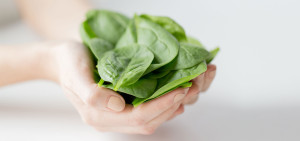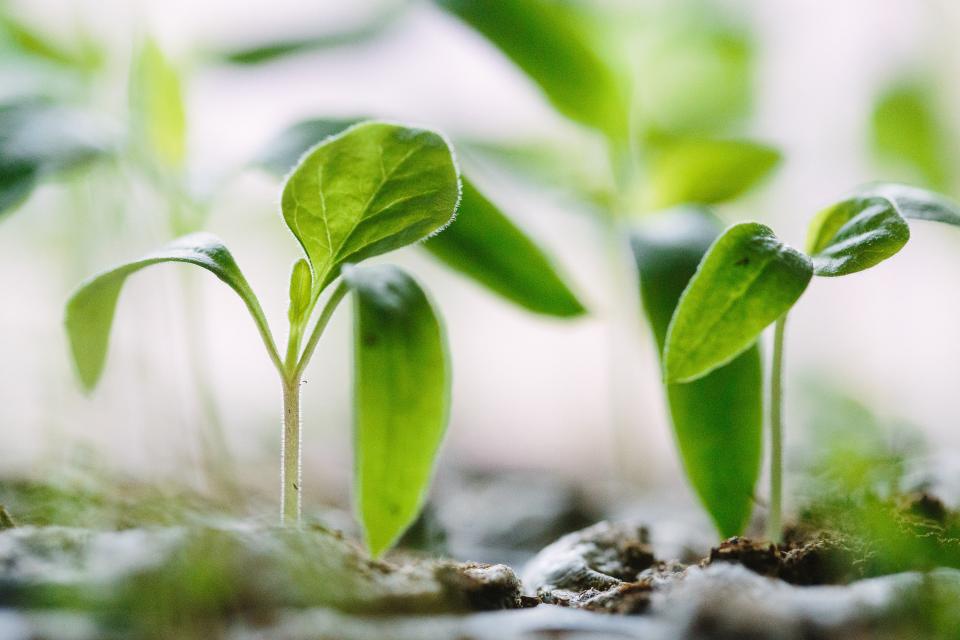Our diet and soils have both changed dramatically. Industrialised farming methods employ large amounts of chemical fertilisers that encourage rapid plant growth, but fail to return the minerals that we require. When the mineral content of our soils decline, so does the nutritional value of the crops. Nutrients are only present in the plant, if they are present in the soil. Soils are further demineralised by pesticides, herbicides and fungicides. Not only are we choosing less nutritious foods, but the foods that we have available to us are less nutritious. Common fertilisers only contain 3 minerals, nitrogen, phosphorus and potassium. Make an effort to grown a few of your favourite vegetables, fruit and herbs. Organic, spray free and home grown crops contain more minerals that are vital to our body. Here are the most important minerals missing in NZ soils…

Benefits: involved in over 200 enzymatic reactions in the body, required for thyroid hormones, hormone production (particularly males), stomach acid production, healthy skin, hair and nails, enhances immunity and wound healing (just to name a few).
Sources: oysters are by far the highest source, followed by seafood, red meat and pumpkin seeds. It is difficult to obtain sufficient zinc through diet alone. Supplementation is inevitable for some health conditions. Consult with a Naturopath to determine if zinc is advisable in your case.
Symptoms of deficiency: low testosterone, hypochlorydria (low stomach acid), low immunity, poor wound healing, poor sense of taste or smell, acne, white spots on nails, poor growth in children, hair loss, and poor quality skin, hair and nails in general.
Recommended Daily Intake (RDI): men 12mg/day, women 8mg/day and pregnancy 11mg/day.
Note: RDI is the minimum amount to prevent deficiency, not sufficient for optimal health.
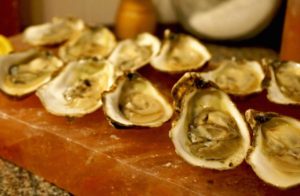
Iodine
Benefits: required for production of thyroid hormones (which determines the body’s metabolic rate, energy levels and temperature) and protective against some cancers.
Sources: seaweed (kelp is the richest source) and seafood are our significant sources. I do not recommend iodised table salt. White table salt contains aluminium anti-caking agent to create its “free flowing” characteristic. Additionally, it is bleached to achieve its glossy, white appearance, which is seen more attractive than natural, grey salt. From 2009, all bread sold in NZ is legally required to be fortified with iodine (with the exception of organic bread).
Additionally to kelp, I recommend Celtic sea salt or Himalayan rock salt. Many people toss out their iodised table salt in replacement for Himalayan rock salt. While this sounds like a healthy swap, it is not a direct replacement as iodine is almost non-existent in Himalayan salt.
Celtic sea salt boasts more nutrition than Himalayan salt. Ordinary table salt is 100% sodium chloride with no trace minerals. One source states that Himalayan salt contains 36.8% sodium, 0.28% potassium, 0.16% calcium, 0.1% magnesium and 0.004% iron. While Celtic salt contains 33.8% sodium, 0.16% potassium, 0.17% calcium, 0.3% magnesium 0.014% iron. Celtic salt is the winner because it is higher in essential trace minerals and lower in sodium. This may be due to Celtic salt being a sea salt which is moister than Himalayan salt, which is drier. Moisture/water is a carrier of minerals.
Symptoms of deficiency: hypothyroidism (underactive thyroid) and its symptoms, and lowered IQ in children born to mothers deficient in iodine.
RDI: men and women 150mcg/day and pregnancy 220mcg/day.

Selenium
Benefits: antioxidant, required for thyroid hormones, enhances immunity, healthy skin, hair and nails, and works in conjunction with vitamin E (abundant in nuts, seeds and oils) to reduce the risk of skin cancer and prevent sunburn by preventing the formation of free radicals.
Sources: this one is easy! Eat your daily selenium in 2-3 brazil nuts or 2 Thyroid Boosting Bliss Balls. It is ironic that NZ farm animals are supplemented with selenium to prevent disease, but humans give little thought to their selenium intake!
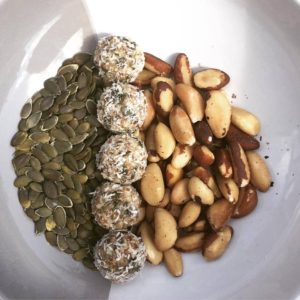
Symptoms of deficiency: hypothyroidism and its symptoms, low immunity, poor wound healing, and poor quality skin, hair and nails.
RDI: men 70mcg/day, women 60mcg/day and pregnancy 65mcg/day.
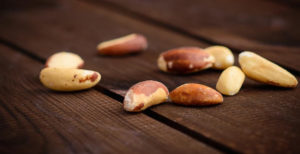
Magnesium
Benefits: relaxes muscles, relieves muscle cramps, supports muscle and nerve function, calms the nervous system, builds bone, promotes heart health, and improves sleep.
Sources: leafy green vegetables, nuts, seeds and cacao (chocolate!). Magnesium is depleted by calcium, stress, caffeine, alcohol, processed foods and some medications e.g. diuretics and hypertensive drugs. It is difficult to obtain sufficient magnesium through diet alone. Supplementation is inevitable for some health conditions. Consult a Naturopath to determine if magnesium is advisable in your case.
Symptoms of deficiency: tight muscles, muscle cramps, muscle twitches, osteoporosis, hypertension (high blood pressure), poor sleep quality, and anxiety.
RDI: men 420mg/day, women 320 mg/day and pregnancy 350mg/day.
Tip: a simple test to determine if you are magnesium deficient is to stick your tongue out in front of a mirror – slight shaking or quivering indicates magnesium deficiency.
